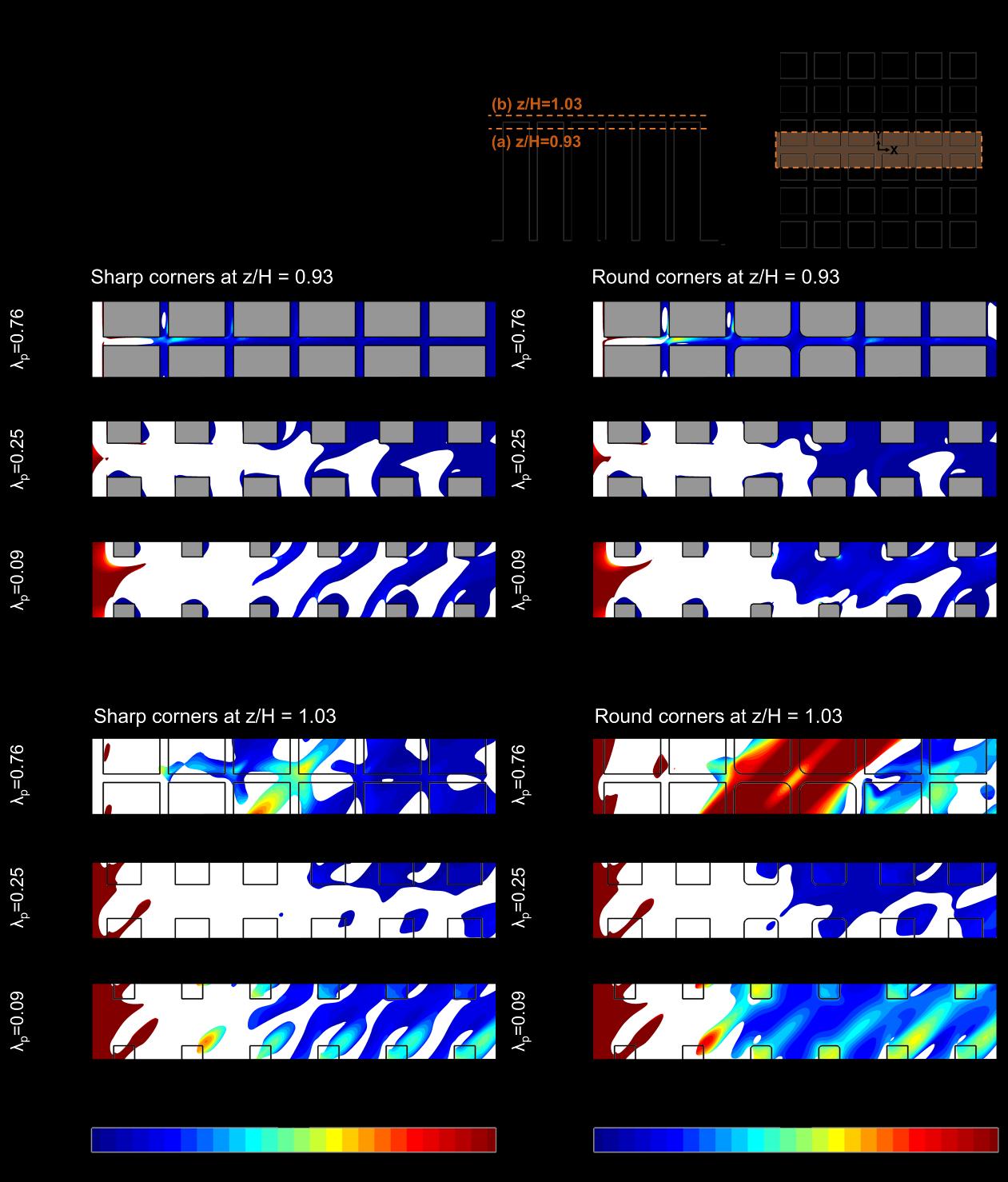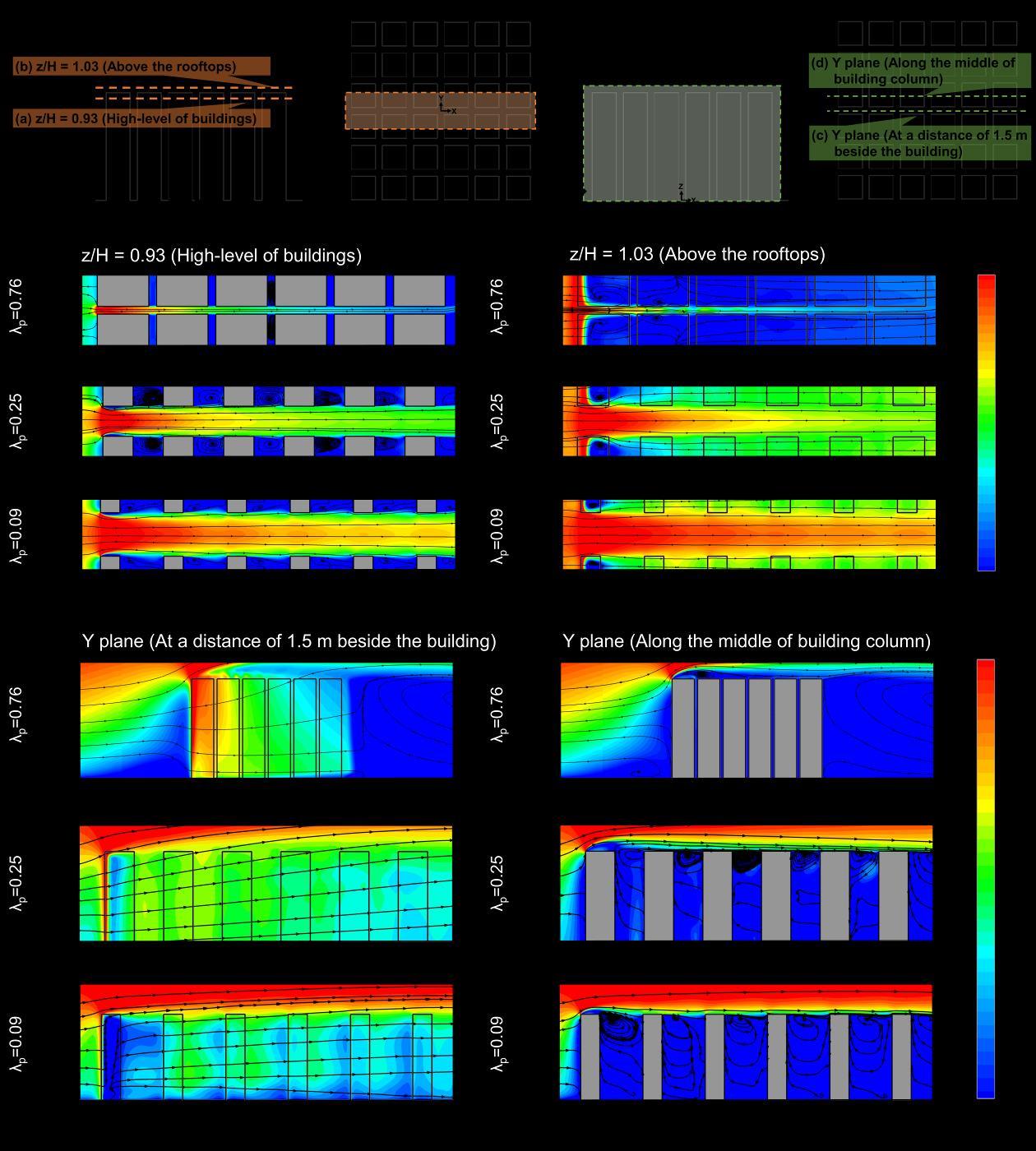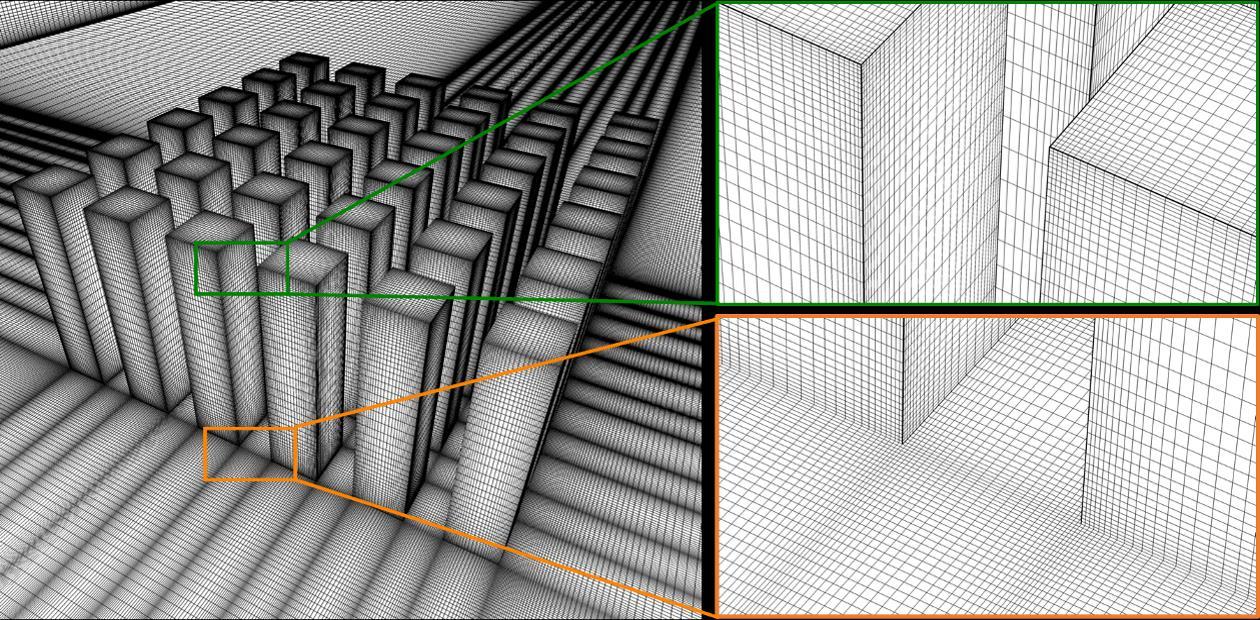
2 minute read
Summary
Among the various forms of renewable energy, wind energy has become one of the most popular resources. Particularly, the use of wind turbines in urban environments has attracted increasing attention. In view of sustainable development and urban expansion, high-rise buildings are turning into the mainstream of city advancements in consequence of the rising urban population density and limited land availability in large parts of the world, especially in East-Asia. For compact urban areas, the urban wind energy potential can be improved through early urban design planning, as urban density, layout, building geometry and arrangement strongly influence the urban wind conditions. The spacing between the buildings, which is usually very small compared to the building height for compact high-rise building areas, can significantly increase the mean wind speed and the wind energy potential because of the wellknown concentration effect. Therefore, the impact of building geometry and arrangement are of particular interest to be characterized in view of improving the urban wind energy potential.
Computational fluid dynamics (CFD) has been recognized as an effective and affordable tool for the assessment of urban wind energy potential. Therefore, in this thesis, CFD simulations, validated with wind-tunnel experiments, are used to analyze the urban wind energy potential around high-rise buildings in close proximity
Advertisement
In Chapter 2, the urban wind energy potential is assessed for generic high-rise buildings in close proximity focusing on the building arrangement and height, including (i) the passage width between the upstream buildings (w) varying from 0.15B to 0.75B, (ii) the streamwise distance between the upstream and the downstream buildings (d) varying from 0.15B to 0.6B, and (iii) the height difference between the upstream and the downstream buildings (ΔH) varying from -0.3H to 0.3H, and (iv) wind turbine type and orientation for the typical horizontal axis wind turbines (HAWTs), the typical (vertically-mounted) vertical axis wind turbines (VAWTs), and the horizontally-mounted VAWTs. The study investigates the wind field around four identical fullscale high-rise buildings, with a building height-to-building side length ratio of H/B = 4.5 and H/w = 30, in a 2×2 array. A CFD validation study examines the predictiven capabilities of five commonly-used Reynolds-averaged Navier-Stokes (RANS) turbulence models, i.e., standard k-ε model (SKE), realizable k-ε model (RKE), and renormalization group k-ε model (RNG), shearstress transport k-ω model (SST) and reynolds stress model (RSM), as compared to the windtunnel experimental data. Wind tunnel measurements of the 3-component flow velocity and turbulence intensity are performed using a Cobra probe for the validation of the reduced-scale CFD simulations. The results show reasonable agreement for the mean streamwise velocity and turbulence intensity between the predictions of the RSM turbulence model and the experimental data. The results show that (i) the wind power density along the upstream passage increases by decreasing w, increasing d and for an equal building height (ΔH = 0); (ii) high w values (> 0.15B), low d values (< 0.6B), and low upstream building heights (ΔH < 0) can realize high wind power densities between the downstream buildings; (iii) the horizontally-mounted VAWT is the most promising option for wind energy harvesting with a maximum of 37% higher wind power density, as compared to the HAWT and the VAWT in the passage between the buildings and on the rooftop.
In Chapter 3, the analysis is focused on the impact of different building corner modification parameters on the available wind power density and the reference turbulence intensity (Iref), including (i) the impacts of the building corner shape (i.e. sharp, chamfered, and rounded shapes), (ii) the impact of the chamfered corner length (l) varying from 0.05B to 0.2B, (iii) the rounded






